It’s no longer either/or for Windows and Macs – and that’s a win for the channel
Corporate thinking about default operating systems has changed over the years, and that's something the channel should find helpful rather than a hindrance…
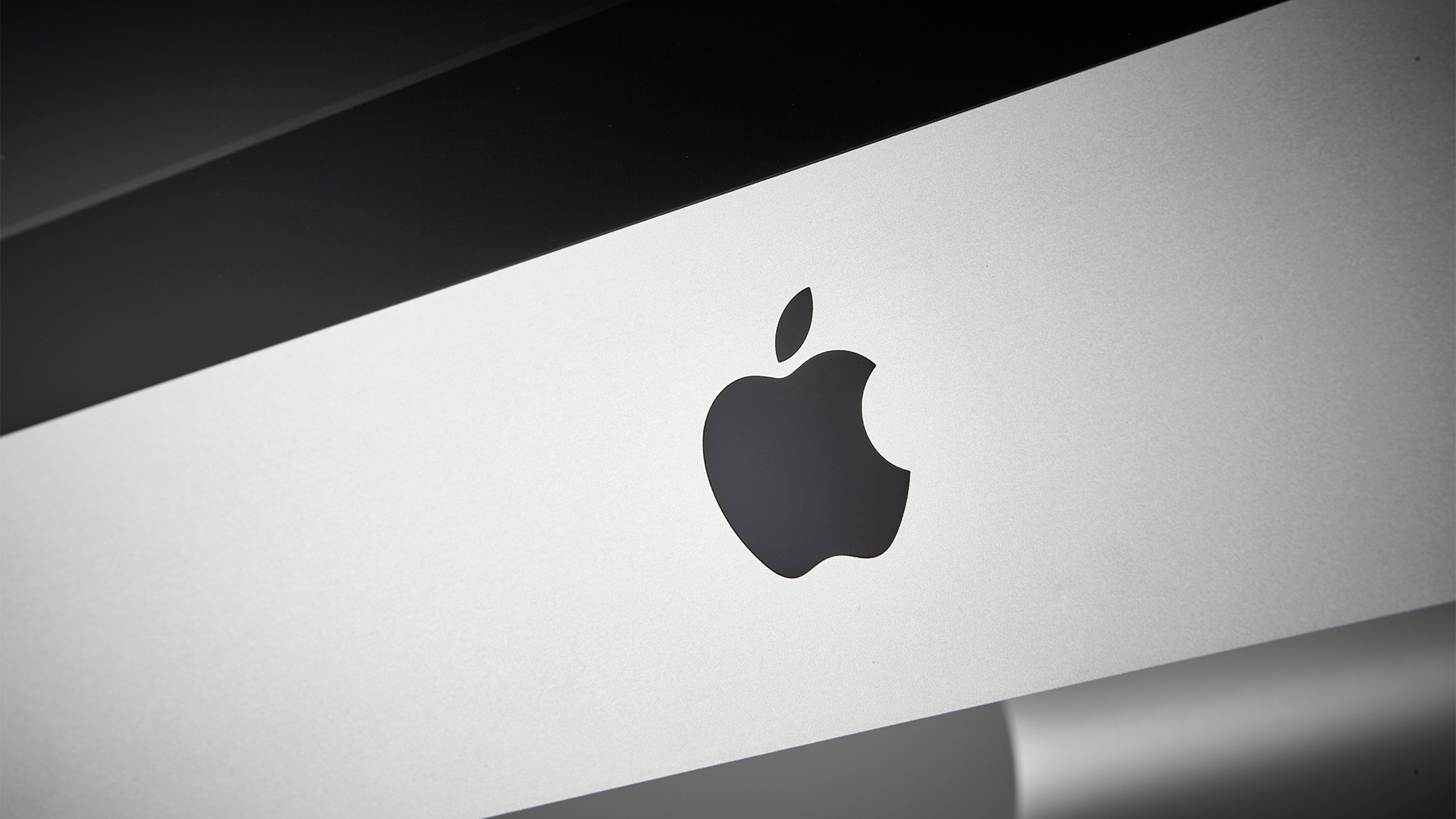

The “Mac vs. Windows” debate has been a longstanding feature of the IT landscape since Apple desktops first hit the market, solidified by the iconic “I’m a Mac” ad campaign.
Today, though, the idea of it being a binary choice is increasingly irrelevant. With the right support, enterprises can easily have multiple systems that complement rather than contradict each other.
Channel partners who can offer support to enterprises that are seeking to adapt to a world where Apple and Microsoft coexist have a powerful opportunity to expand and deliver more value to their customers.
Why Apple demand is rising in the workplace
Historically, businesses viewed Macs as a niche option for corporate endpoints, typically associated with specialist creative roles such as design or the personal choice of senior executives.
While Windows is still the king of desktop computers, claiming around 72% of the market, Apple has seen a steady increase in market share in recent years, and we expect this to continue.
There’s a clear generational shift underway. More people are now coming into the workforce having grown up with Apple, whether through using a MacBook at university, having an iPhone as their mobile device, or now paying for items via their watch. They’ve come to see Mac and the Apple ecosystem as a useful, consistent, and reliable choice, and this personal preference is influencing the workplace.
Apple’s status as the dominant mobile operator has helped things along. OS devices claim around 27% of the more diverse mobile market, and iPhones are a common choice of corporate device even when desktops are Windows. iOS mobile devices also offer a lot of flexibility – consider how common it is to see iPads as retail POS terminals, for example.
Stay up to date with the latest Channel industry news and analysis with our twice-weekly newsletter
The Apple ecosystem offers a continuous experience across multiple devices, a compelling reason to bring in desktop machines alongside mobile. This is particularly well-suited for hybrid workers and BYOD programmes, enabling a seamless blend of personal and corporate.
These trends mean organizations face a growing demand for a mixed OS environment, and implementing a flexible device strategy is increasingly important for attracting and retaining the tech-savvy younger generation entering the workforce.
However, it can also be difficult to manage without the right resources. It’s a common source of friction with IT teams, who still believe that bringing in Apple will cause serious operational issues and drain resources compared to running a purely Windows environment.
Busting the myths: Why IT resistance to Mac is fading
There are some persistent myths around Macs being difficult to manage and integrate into wider non-Apple ecosystems, but these typically no longer apply in a modern IT environment.
For example, IT veterans will likely recall the earlier difficulties in binding a Mac OS device to a Windows domain to allow credential authentication through Windows Active Directory. This process was prone to breaking for no particular reason, leaving the user stranded without access and creating unnecessary headaches for the IT team.
Today, however, the shift to cloud-based authentication allows for a seamless experience across different platforms. Enterprise tools like Microsoft 365, Slack, and Zoom can be freely used across both platforms, and integration with services like Microsoft Entra ID and Okta Single Sign-On provides further support for a smooth user experience.
Some IT teams also object to the perceived additional burden of adapting management processes and skilling up personnel to support Macs. Again, though, modern management tools have drastically simplified the deployment and oversight of Mac devices to the degree that there is little need for extensive Mac-specific training.
How the channel can address key IT pain points
The growing demand for Apple in the workplace is a powerful opportunity for partners to step up and prove their value. MSPs that can provide unified endpoint management and technical support for mixed environments can further establish their position as trusted strategic advisors.
Most IT teams already face noisy, fragmented landscapes. They’ve got flashing lights pinging all over the place with security alerts, they have to keep up with updates and patching, and many other duties. Adding the need to support multiple operating systems will be a significant additional burden unless they’re properly supported.
Being the one to offer an accessible and affordable solution to all these issues is an easy win for the channel. Partners can really shine by serving as a source of expert guidance on how to bring in a more flexible approach to managing multiple operating systems.
On a strategic level, they can help organizations clarify how employee device choice meshes with the company's objectives and weigh up the benefits and costs. This means taking the project beyond IT to consider how other departments are affected - for example, will HR need to work on new contracts and terms?
Tactically, partners are also able to identify customer pain barriers and challenges of transitioning from a Windows-based ecosystem. This includes considering what tools will be needed and what policies must be changed or established to manage them.
It’s a great opportunity for partners to develop their own unique IP while serving their existing customers and reaching new ones. We’re seeing partners bringing us significantly more opportunities in recent months, which is a sign of how much market share is up for grabs.
There’s also been a notable shift in the way the channel approaches it. We have some partners with significant presence that didn’t care about Apple five or six years ago and have now fully embraced the opportunity. On the other hand, there are those who were previously Apple specialists and now have the opportunity to branch out into mixed ecosystems.
Partners who can offer full support for an integrated ecosystem have a chance to scoop up market share that was previously limited to specialists on either side of the fence.
Supporting choice is the future
With Apple devices becoming more commonplace in the corporate world, the choice isn’t Apple or Microsoft; it’s both.
The channel has a growing opportunity to help customers manage a mixed IT environment. End users want simplicity, security, and quality performance, regardless of what platform they are using.
Partners who embrace the reality of mixed, integrated environments today and support that flexibility will be set up for the win.

Marc Botham has more than 25 years of experience working in leading IT companies. He is currently the global vice president of channel and alliances at Jamf.
He’s responsible for developing and implementing Jamf’s partner strategies and partner programs on a global scale.
Before Jamf, Marc served as the head of the EMEA channel for Docusign.
-
 Microsoft’s Windows chief wants to turn the operating system into an ‘agentic OS' – users just want reliability and better performance
Microsoft’s Windows chief wants to turn the operating system into an ‘agentic OS' – users just want reliability and better performanceNews While Microsoft touts an AI-powered future for Windows, users want the tech giant to get back to basics
-
 The software quality crisis no one’s talking about: How partners can help
The software quality crisis no one’s talking about: How partners can helpIndustry Insights
-
 The Windows 11 migration conundrum: What role can the channel play?
The Windows 11 migration conundrum: What role can the channel play?Industry Insights Resellers are instrumental to making the right choice about the next steps...
-
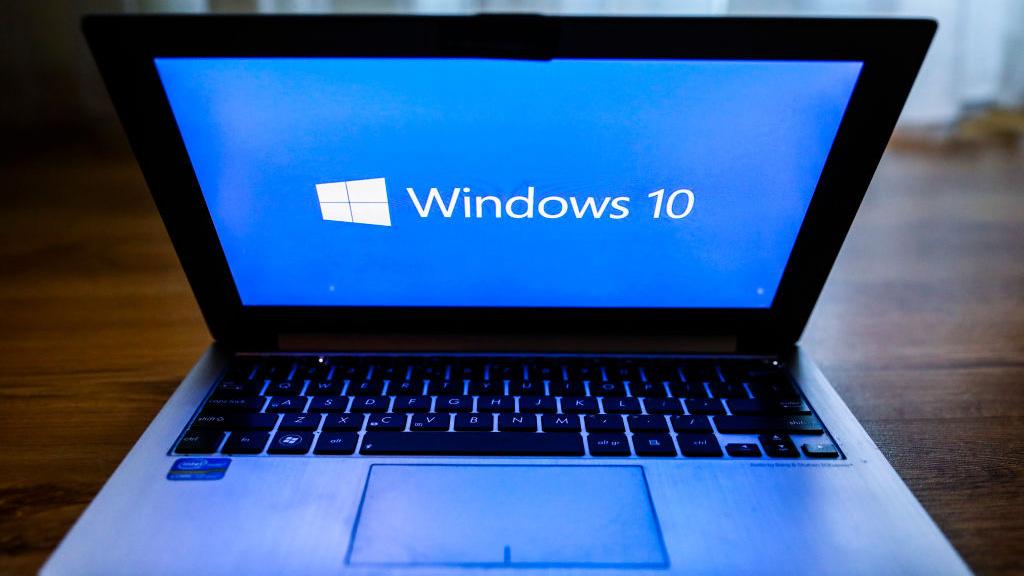 Windows 10: Six essential steps IT teams should take over the next two months
Windows 10: Six essential steps IT teams should take over the next two monthsIndustry Insights With Windows 10 support ending soon, IT leaders must act now to mitigate risk
-
 Migrating to enterprise voice: A strategic approach for modern businesses
Migrating to enterprise voice: A strategic approach for modern businessesIndustry Insights Hybrid work has put increased pressure on the reliability of communication solutions, could enterprise voice be the unified communication system your enterprise needs?
-
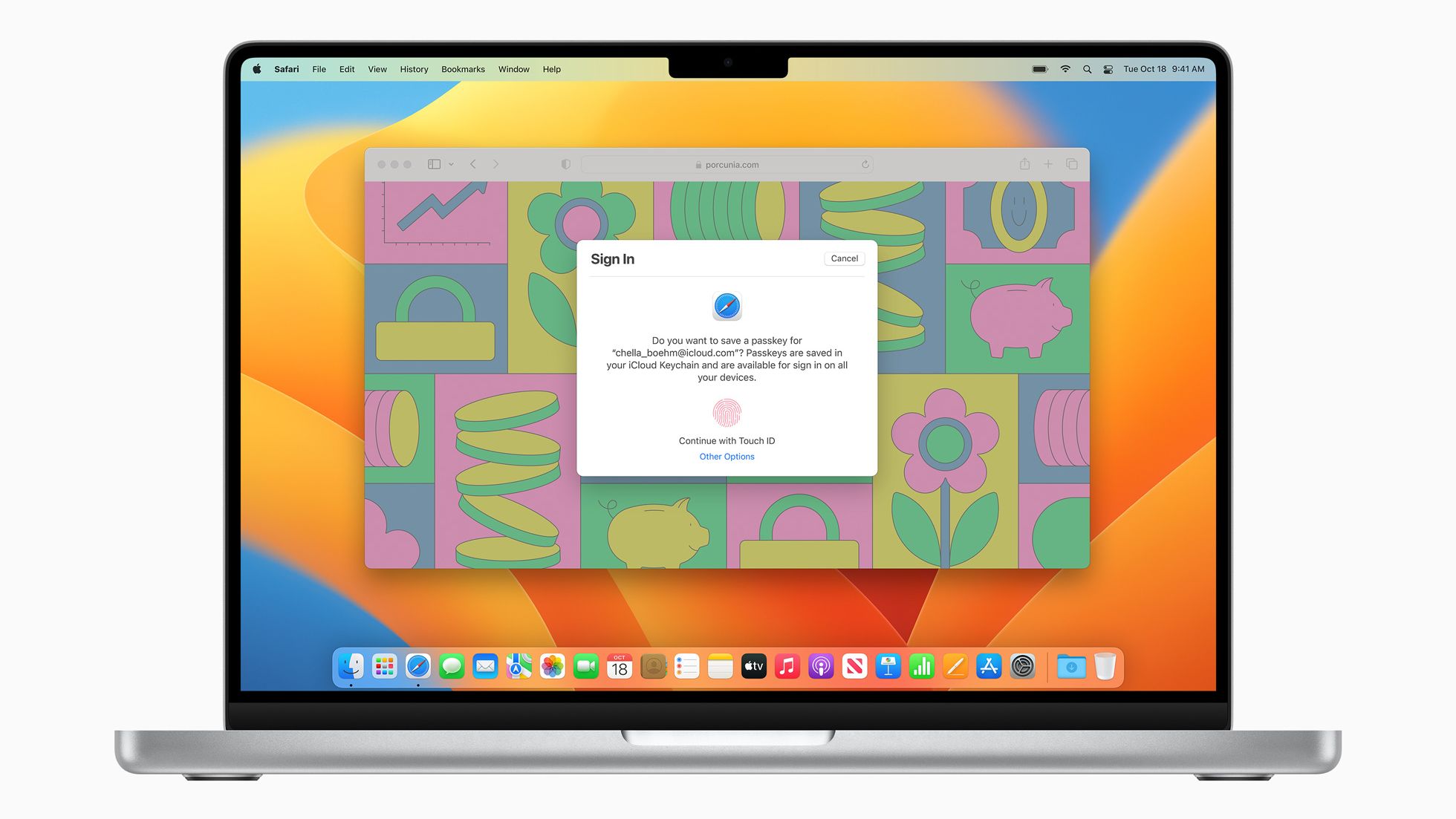 New macOS Ventura security features make for a compelling upgrade
New macOS Ventura security features make for a compelling upgradeAnalysis Organisations will be sure to welcome the new security features, as well as the collaboration and organisational tools included in the new free update
-
 macOS Monterey is reportedly bricking some older MacBooks
macOS Monterey is reportedly bricking some older MacBooksNews The issues are thought to mostly affect older generations of Macs, but users are reporting issues on even the newest devices
-
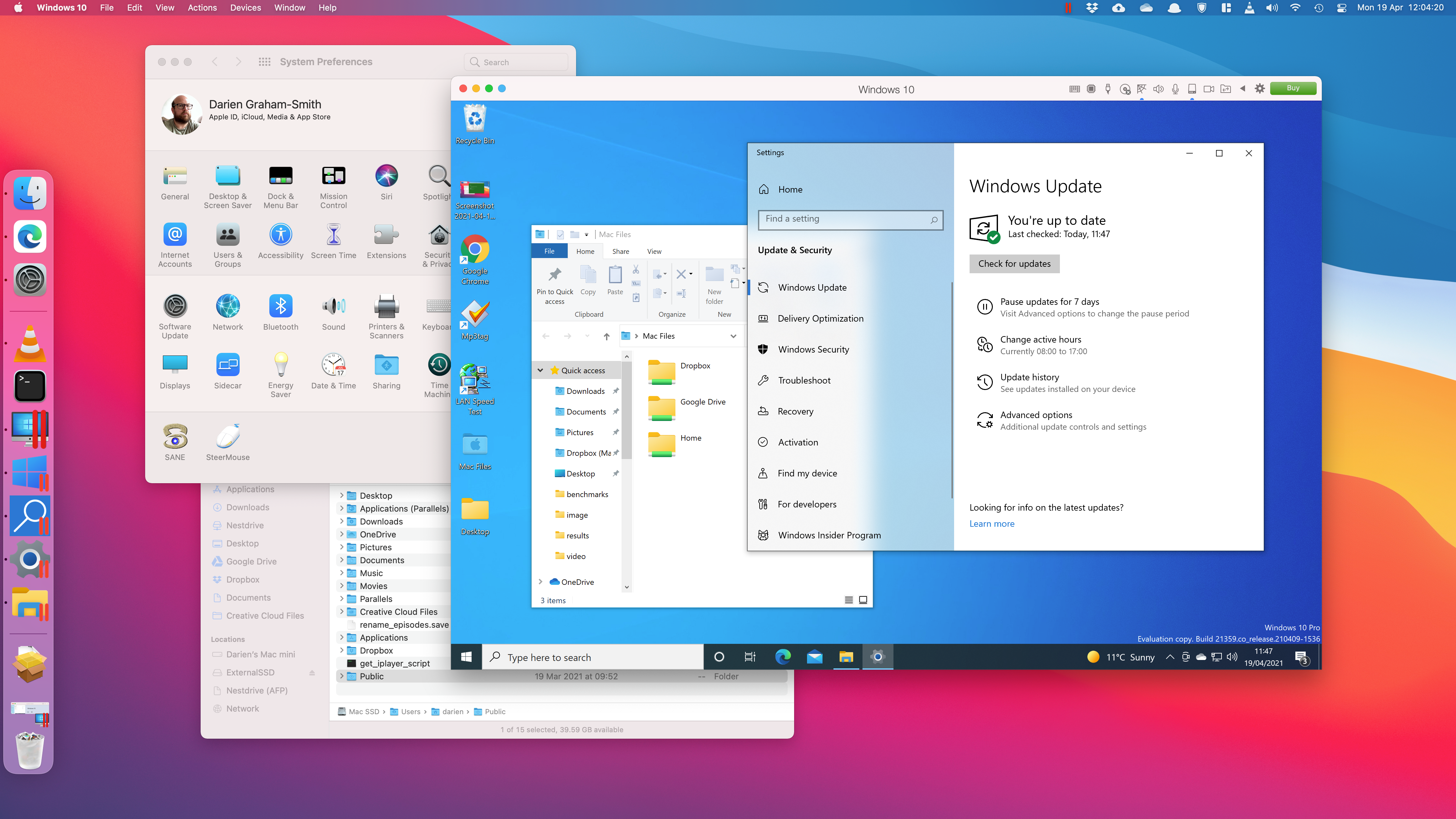
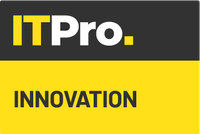 Parallels Desktop 16.5 review: Windows comes to Apple Silicon (sort of)
Parallels Desktop 16.5 review: Windows comes to Apple Silicon (sort of)Reviews The best way to run Windows apps on an M1 Mac – but it’s not yet a fully stable proposition

